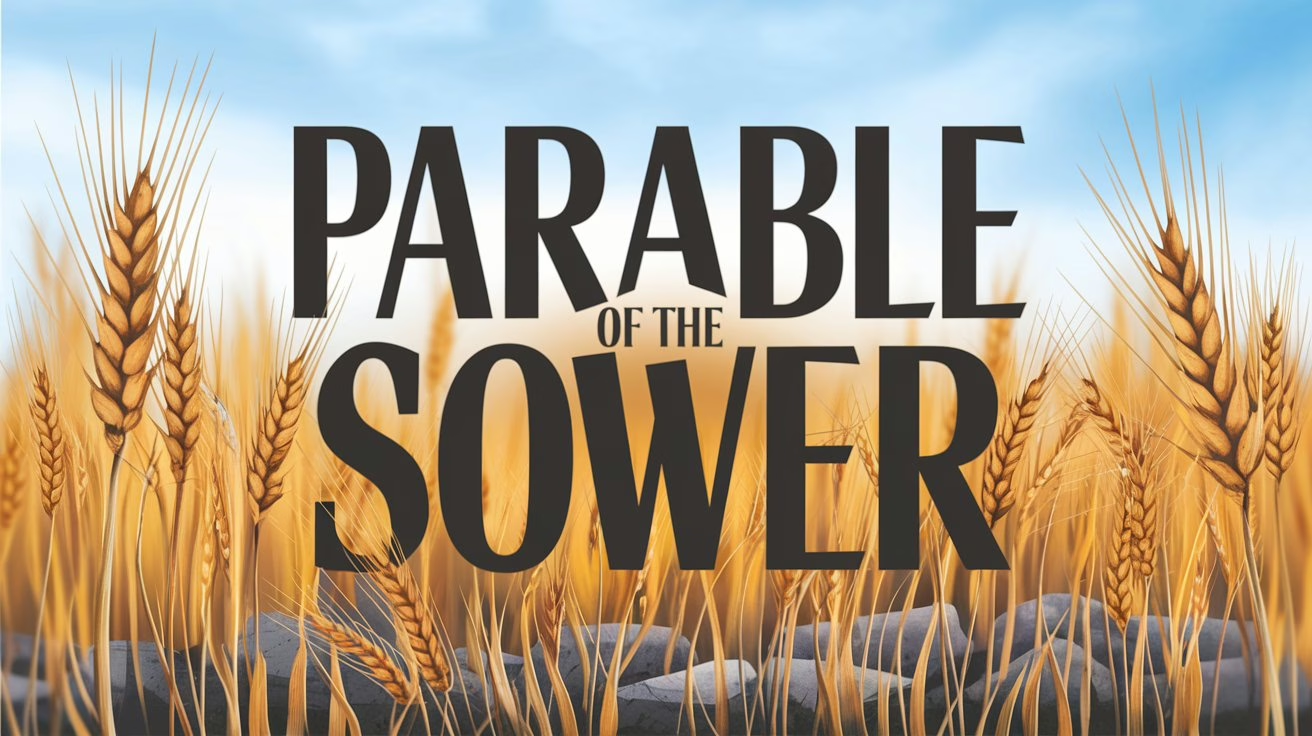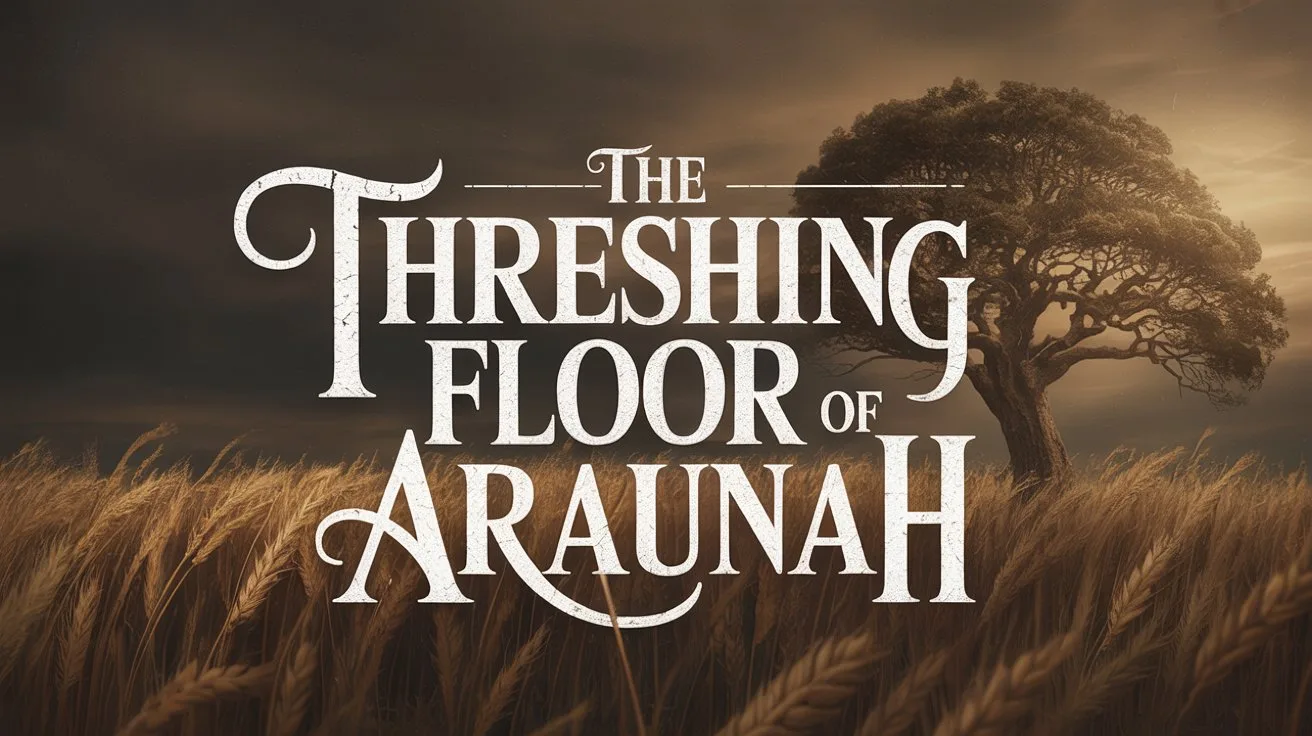Hyssop is a plant mentioned frequently in the Bible and is associated with purification, sacrifice, and spiritual cleansing. It played a symbolic and practical role in several key biblical events.
The first major mention of hyssop is during the first Passover in Egypt. God commanded the Israelites to take a bunch of hyssop, dip it in the blood of the lamb, and strike it on the doorposts and lintel of their houses (Exodus 12:22). This act marked their homes so that the Lord would pass over them during the judgment on Egypt’s firstborn.
Hyssop was also used in ceremonial cleansing rituals under the Law. In Leviticus 14, hyssop was part of the purification process for lepers and houses with mold. The priest would dip hyssop, along with cedar wood and scarlet, into the blood of a bird over running water and sprinkle it on the person or house to be cleansed (Leviticus 14:4–7, 49–52).
In Numbers 19, hyssop was used in the preparation of the water of purification. It was combined with the ashes of a red heifer, cedar wood, and scarlet, and then applied to those who had become ceremonially unclean through contact with the dead (Numbers 19:6–18).
King David referred to hyssop in his prayer of repentance, saying, “Purge me with hyssop, and I shall be clean” (Psalm 51:7). Here, hyssop symbolizes spiritual cleansing and forgiveness.
In the New Testament, hyssop appears at the crucifixion of Jesus. As He hung on the cross, sour wine was offered to Him on a sponge attached to a hyssop branch (John 19:29). This fulfilled Psalm 69:21 and connected Jesus’ sacrifice to the Passover and purification rituals.
Hyssop, therefore, represents cleansing through the blood. Its use in applying the blood of the lamb at Passover and in the purification rites foreshadows the cleansing power of Christ’s sacrifice. It reminds believers of the need for spiritual purity and the sufficiency of Christ’s blood to wash away sin.







